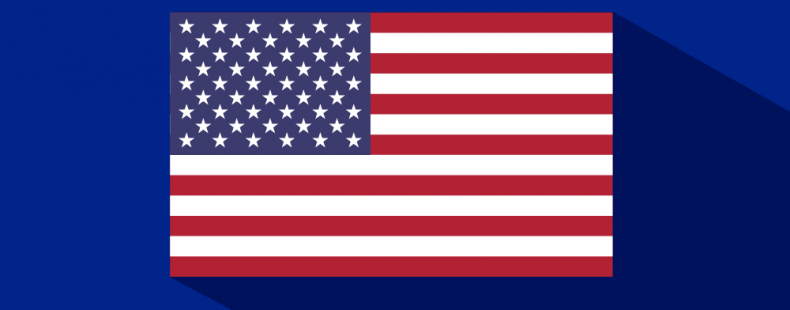Every year on June 14 in the United States, a holiday comes and goes (perhaps without you even noticing): Flag Day.
The gist of the holiday is right there in the name. It’s a commemoration of the adoption of Betsy Ross’s American flag in 1777. It’s also a chance to flex your vexillology trivia facts and knowledge about US history.
What is Flag Day?
The first official Flag Day was in 1916, and it was set by a proclamation from President Woodrow Wilson suggesting that the country recognize the date. He chose June 14 because it marks the anniversary of when the Second Continental Congress adopted the US flag (aka the Stars and Stripes or Old Glory) in 1777. Though it received presidential acknowledgment more than a century ago, Flag Day typically doesn’t get as much love as the other patriotic holidays such as Independence Day and Memorial Day.
If you’re outside of the US, you might hear others talking about a different type of Flag Day. Italy has one to celebrate the Italian tricolor flag, and there’s a Buddhist Flag Day as well. In the United Kingdom, Flag Day (often lowercase) refers to a day when it is customary to donate to charity rather than honor their country’s banner. It also goes by the name tag day, since people who give are often handed a flag or tag to show their contribution.
Discover more about the history of Flag Day at our entry for the term!
How do people celebrate Flag Day?
Flag Day doesn’t have a whole lot of associated celebrations or traditions. It’s more of a day to show patriotism by displaying the American flag. The first documented requests for an official day for the Stars and Stripes dates back to the mid 1800s, when some schools marked the adoption of the US flag as a way to Americanize immigrant children. In New York toward the end of the 19th century, all public schools observed Flag Day along with Lincoln’s Birthday, Washington’s Birthday, and Memorial Day.
Modern observances are somewhat subdued. A law passed by Congress in 1949 outlines the official government duties on Flag Day: the president should issue an annual proclamation, and the flag must be displayed on all government buildings. Pennsylvania is the only state that recognizes Flag Day as a legal state holiday.
18 words to honor the red, white, and blue
While you may look at a flag and think, well, that it’s simply a flag, there’s a lot of flag-specific language out there. This Flag Day—and any day, really—be the most knowledgeable person in the room when it comes to all things flags, then take our quiz to test yourself on what you’ve learned.
- canton
- field
- charge
- grommet
- hoist
- fly
- half-mast
- vexillology
- Stars and Stripes
- ensign
- standard
- banner
- pennant
- burgee
- colors
- banderole
- bunting
- union
Take The Quiz: How well do you know these words?
You’ve read our Flag Day articles and perused our list of words and phrases related to flags (not to mention your own knowledge and experience you’ve picked up from the many flags you see day to day). Now it’s time to challenge yourself to see how well you know the US flag and general flag-related terms!












